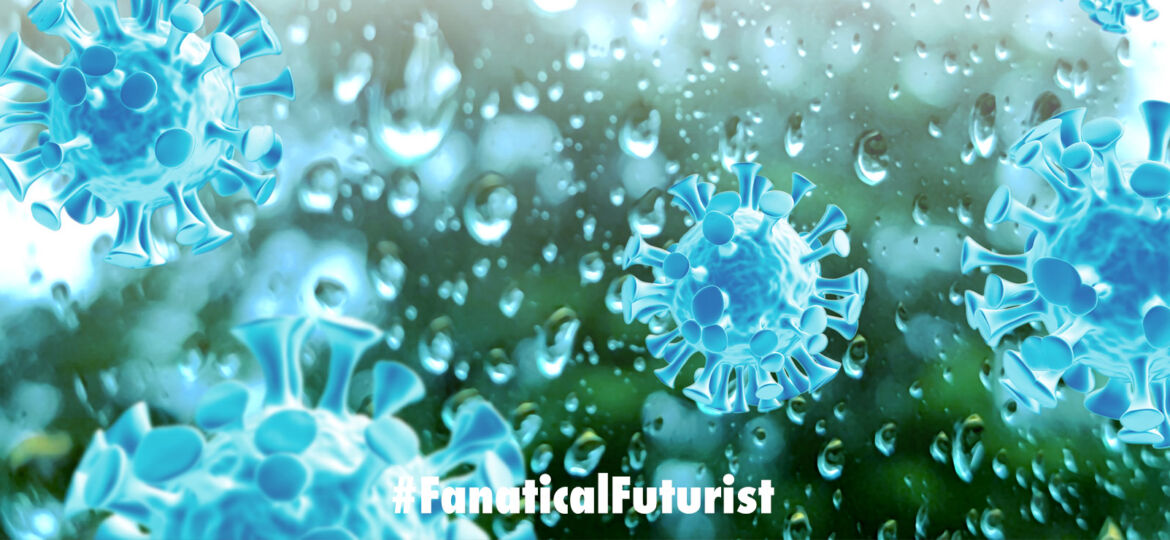
WHY THIS MATTERS IN BRIEF
Why let pathogens attack human cells when you can con them into attacking fake ones instead?
 Love the Exponential Future? Join our XPotential Community, future proof yourself with courses from XPotential University, connect, watch a keynote, or browse my blog.
Love the Exponential Future? Join our XPotential Community, future proof yourself with courses from XPotential University, connect, watch a keynote, or browse my blog.
Over the past year we’ve seen a huge ramp up in the number of companies developing vaccines, and for good reason bearing in mind the current global pandemic. But even before COVID-19 and lockdown became synonymous with 2020 there were a huge number of interesting new ways to fight disease that included the development of everything from contagious vaccines and in vivo gene editing treatments that could literally edit inherited genetic diseases, like deadly Hunter’s Syndrome, right out of the body.
More recently though we’ve seen announcements about the first injectable and aerosol based COVID-19 vaccines and cancer vaccines, and now researchers think they have found yet another way to COVID-19’s other deadly flu relatives.
The influenza virus as proven to be a very tricky foe to fight. Now, researchers at EPFL in Switzerland have used a technique that other researchers elsewhere used to create the world’s first fully synthetic living cells to develop synthetic molecules that can kill the flu virus by mimicking human cells, and putting the squeeze on the virus when it attaches itself to the decoy.
Current antiviral drugs, such as Oseltamivir, or Tamiflu, work by attacking the virus once it’s inside a host cell, and cutting off its ability to replicate and spread. The problem is, it has a very short window to work with – wait more than about 36 hours after infection, and its efficacy plummets. Plus viruses could develop resistance to it through widespread use.
For the new study, the EPFL team set out to develop an alternative that ideally would be effective against a range of seasonal influenza strains and didn’t cause severe side effects in patients. The researchers modified a sugar molecule so that it mimics a cell membrane, which entices a flu virus to attach to it.
“For antivirals to really work, they have to be virucidal – that is, they have to irreversibly inhibit viral infectivity,” says Francsco Stellacci, lead author of the study. “Once the virus is attached, our molecule exerts pressure locally and destroys it. And this mechanism is irreversible.”
The team tested their molecules against several human and avian influenza strains, in mouse studies and in lab cell cultures. Throughout the first 24 hours of infection, the molecules showed constant efficacy, which the team says could mean that it works for longer than 36 hours in humans. In another test, the molecules were given 24 hours after infection, leading to a 90 percent survival rate for those mice. By comparison, none of the animals survived on a placebo or oseltamivir.
The researchers say that this method, of using synthetic molecules and cells in this way, could lead to new antiviral drugs that are effective against a wide range of different flu viruses. That would help solve one of the main challenges of treating the disease: how fast it mutates every year, requiring updated vaccines that often have varying success rates.
Of course at this stage, the treatment has only been tested in mice and lab cell cultures, so there’s no guarantee that the results will carry across to human patients. In the meantime, other new antiviral drugs are progressing swiftly, such as Baloxavir Marboxil, which was granted FDA approval in 2018.
The study was published in the journal Advanced Science.
Source: EPFL
















